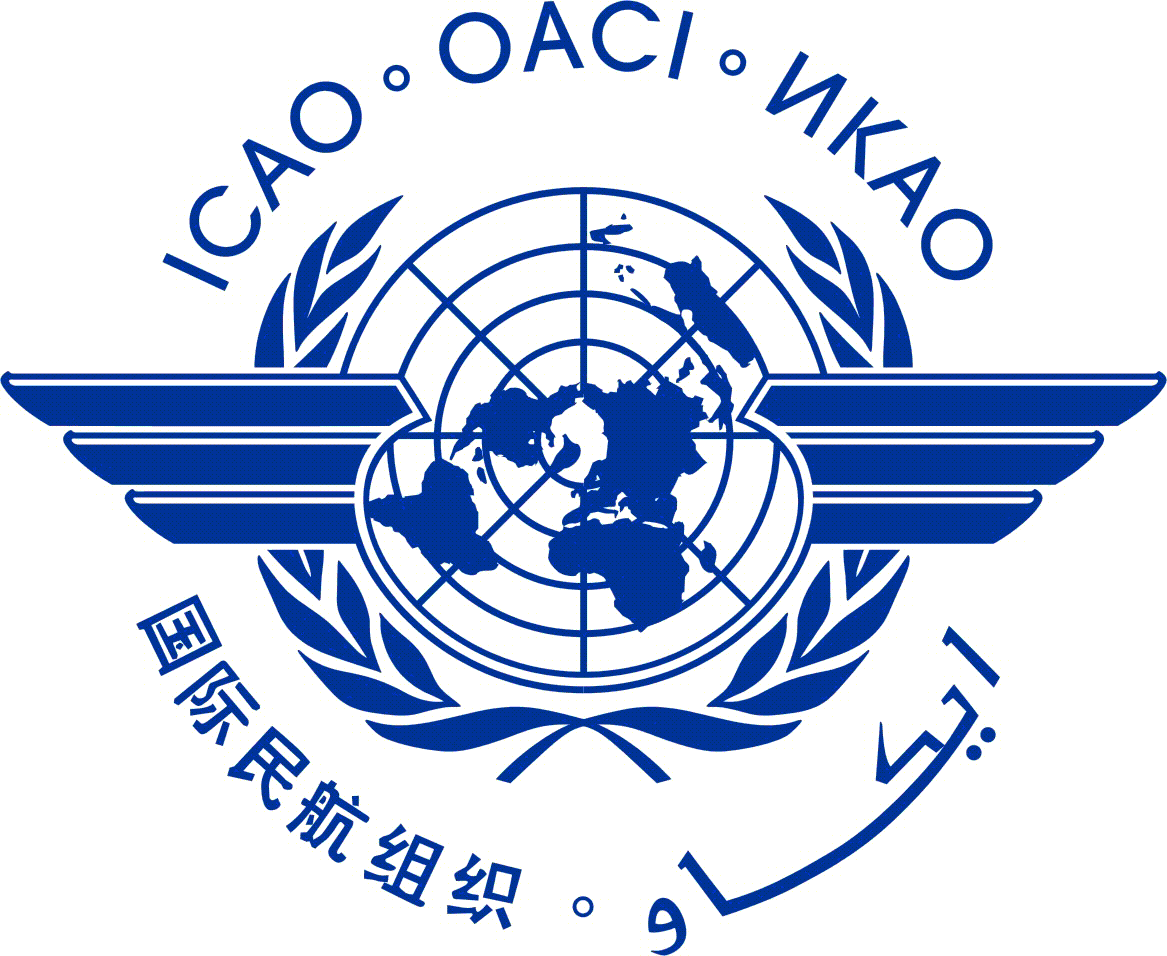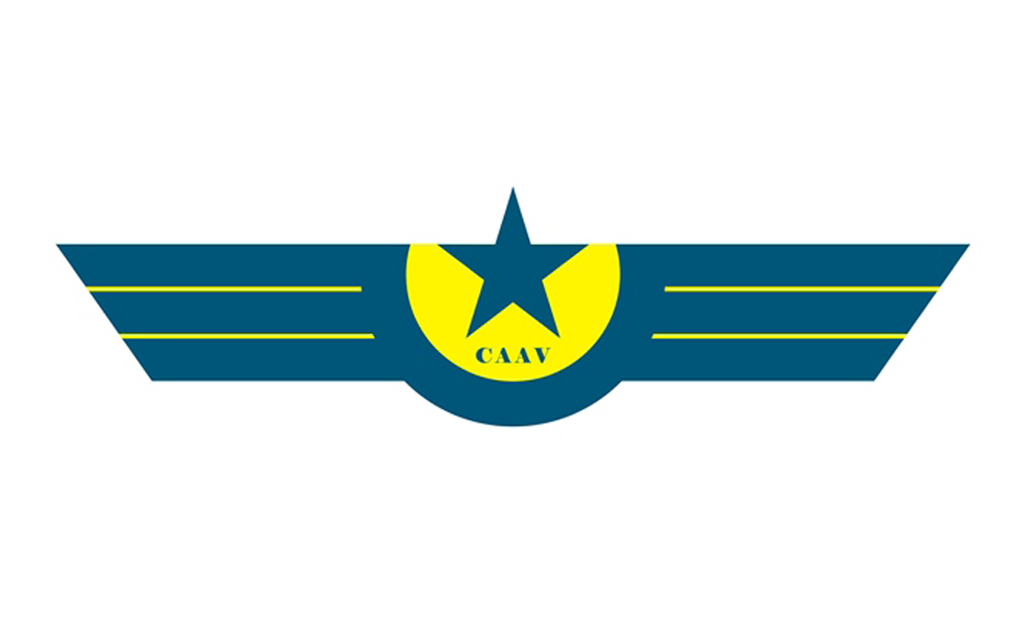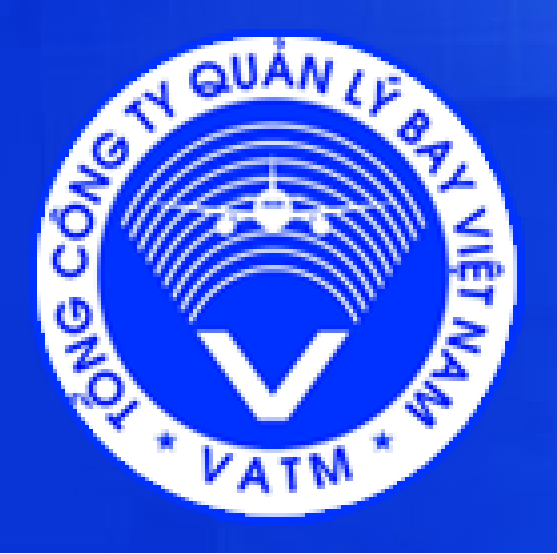AIS – AIM Transition: A long roadmap
Wednesday, 22 May 2013 22:32
“Aeronautical information service (AIS). A service established within the defined area of coverage responsible for the provision of aeronautical information/data necessary for the safety, regularity and efficiency of air navigation”.
“Aeronautical information management (AIM). The dynamic, integrated management of aeronautical information services — safely, economically and efficiently — through the provision and exchange of quality-assured digital aeronautical data in collaboration with all parties”.
To satisfy new requirements arising from the Global Air Traffic Management Operational Concept, aeronautical information services must transition to a broader concept of aeronautical information management, with a different method of information provision and management given its data-centric nature as opposed to the product-centric nature of current AIS. The biggest change in the transition to AIM will be the increased use of computer technology in the management of information, with an increased emphasis on the digital form of data that will drive all processes for the management of information.
The transition from AIS to AIM has been implemented by many States. Up to now, a number of meetings and seminars have been conducted to discuss about this transition roadmap. Undertaken this trend, meeting concerning AIS – AIM transition named AIS-AIM Implementation Task Force is held annually and always interests many States in the region.
In May 2013, the 8th Meeting of the AIS-AIM Implementation Task Force – AAITF/8 was held in Ulaanbaatar, Mongolia with 78 participants from 14 States and Territories. Joining this meeting, Viet Nam’s delegation has representatives from Civil Aviation Authority of Viet Nam, Viet Nam Air Traffic Management Corporation and Airports Corporation of Viet Nam.

Viet Nam’s delegates with the Chairman and Secretary of AAITF/8
The main issues discussed during the meeting were to update and review the survey results of the transition from AIS to AIM in the Asia/Pacific Region to consider the difficulties and problems of the States and make conclusions, decisions and specific recommendations.
As mentioned in the AIS-AIM roadmap by ICAO, the States need to implement three phases:
- Phase 1 — Consolidation
- Phase 2 — Going digital
- Phase 3 — Information management
In the first phase (to be completed in 2010), the existing standards need to be refined, strengthened and their implementation in all States ensured. This concerns mainly AIRAC adherence monitoring, monitoring of States’ differences to Annex 4 and Annex 15, WGS-84 implementation and and quality.
In the second phase (to be completed in 2013), the introduction of database-driven processes will improve the value of current products by improving their quality and availability for current users. This will concern mainly the creation of a national database or regional databases to produce the existing products and services, but with better quality and availability. The global deployment of products such as the electronic AIP will also be initiated.
In the third phase (to be completed in 2016), new products and services will be developed. Quality control and staff training will be applied to current and new products and services. This will support a new AIM function for air navigation service providers enabling the provision of the new data that will be required by the future ATM components.
The aforesaid phases has been specified in ICAO’s standards and recommended practices which are mentioned in Annex 15’s amendments.
Amendment 36 (effective in 2010) consists of new provisions relating to the operational use of the public Internet, quality management systems, the use of automation enabling digital data exchange, electronic aeronautical information publications, NOTAM Format and electronic terrain and obstacle data. Moreover, Annex 15 is kept being amended the first three chapters in Amendment 37 (effective in 2013). This Amendment mentions the separation of “data” and “information”, data integrity classification and levels, prohibited, restricted and danger areas, electronic Terrain And Obstacle Data (eTOD), aeronautical mapping data. And with the implementation of the future amendment 38, the total revision and restructure of Annex 15 will be complete.
The restructure of Annex 15 aims at changing its “product focus” nature; reflect the nature of Standards and Recommended Practices (SARPS) with broad, mature and stable provisions and, at the same time, creates legal basis for Contracting States in implementing the transition. Besides, ICAO has developed Procedures for Air Navigation Services (PANS - AIM) to provide practices guidance on SARPS implementation.
However, many States, including Viet Nam, are generally behind schedule in the implementation of the AIS-AIM Roadmap steps as surveyed by ICAO.
Some common difficulties that States are facing in transition are the capital investment to implement scientific researches, projects, installation of systems and equipment to perform twenty-one steps of the transition roadmap. In addition, the attention of managerial levels especially decision makers in monitoring and planning the master transition roadmap; consistency of the organizational structure of the AIS providers; cooperation between civil aviation and military; complexity of topography, geographical distance, number of airports; qualified human resources are also the causes of big gap among the States in term of transition results. Therefore, it is compulsory that each State needs to have a particular plan in line with reality and available resources to complete the proposed roadmap.
Based on ICAO’s recommendations and shared experiences during the transition process of other countries in the region, the following issues should be addressed by Viet Nam:
- Conducting research and analysis on the current situation of organizational structure, people, equipment and regulated documents as well as current issues of AIS to propose master transition plan from AIS to AIM.
- Amending and supplementing regulations to create a legal basis to perform the transition since current Viet Nam’s regulations on AIS (e.g. Regulation on AIS under the Decision No.21/2007/QD-BGTVT issued on April 4th 2007 by the Minister of Transport) have no provisions on the transition implementation as well as the responsibilities of the related parties.
- Implementing AIS’s organizational restructure, unifying AIS providers such as AIS Units at Aerodrome and Aerodrome Reporting Office in order to conduct Quality Management System - QMS and the follow-up steps of the transition roadmap.
- Paying attention to complete electronic Terrain and Obstacle Database - eTOD to supply data for aeronautical mapping data; flight procedure design; PBN flight procedure application; installation in Fight Management System database navigation and Air Traffic Management - ATM to perform minimum safe altitude warning - MSAW, apply RNP1 in Terminal control area - TMA and to integrate in System-wide Information Management - SWIM.
- Completing the steps of Phase 1 since these steps now become the standards and are defined in Annex 15.
2. Completing and providing electronic AIP via AIS website;
3. Asking ICAO for training support and consultation on AIS-AIM transition in accordance with the conditions of Viet Nam
It can be said that the AIS – AIM transition has been out of the State’s boundary and become the common issue of the region and the world since the transition plays an important role in supporting the application of Aviation System Block Upgrade (ASBU) and Seamless ATM Plan. Thus, this complex transition roadmap should be conducted with the involvement of the competent authorities, service providers as well as other agencies and organizations to follow the general trend of region and the world and, at the same time, meet the requirements for the restructuring of Viet Nam’s aviation industry.
Source: vatm.vn







